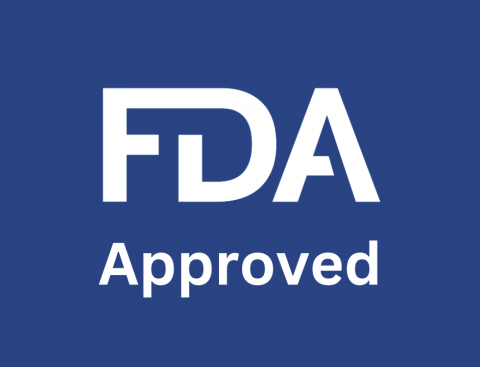By: Dr. Anam Kamal
Ascension Providence Hospital; Michigan
The standard of care for such patients is platinum-based doublet chemotherapy. In May 2021, the FDA granted accelerated approval to Amivantamab for the treatment of patients with EGFR Exon20ins NSCLC after prior platinum-based chemotherapy based on the results of the CHRYSALIS study that showed anti-tumor activity as monotherapy with a tolerable safety profile. Amivantamab is an EGFR-MET bispecific antibody with immune-cell-directing activity that targets activating and resistance to EGFR mutations and MET mutations and amplifications.
PAPILLON, a phase 3 randomized, open-label study compared the efficacy of amivantamab in combination with chemotherapy (amivantamab/carboplatin/pemetrexed) versus carboplatin/ pemetrexed alone as a first-line treatment for patients with EGFR Exon20ins disease. Overall, 308 treatment-naive patients were randomized 1:1 to ami-chemotherapy or chemotherapy. The primary endpoint was progression-free survival (PFS) by blinded independent central review. Secondary endpoints included objective response rate (ORR), PFS after first subsequent therapy (PFS2), overall survival (OS), and safety. Patients were treated with a 1400 mg intravenous dose of amivantamab once a week up to cycle 2 day 1, followed by 1750 mg on day 1 of every 21-day cycle beginning with cycle 3. Patients in both arms received 500 mg/m2 of intravenous pemetrexed on day 1 of every 21-day cycle along with carboplatin as an area under the curve 5 intravenous infusion for up to 4 cycles on day 1 followed by maintenance pemetrexed until disease progression. Crossover to ami monotherapy was allowed for the chemotherapy arm upon progression.
At a median follow-up of 14.9 months, the median PFS was 11.4 months (95% CI, 9.8-13.7) for the ami-chemotherapy arm versus 6.7 months (95% CI, 5.6-7.3) for chemotherapy (hazard ratio [HR] 0.40; 95% CI, 0.30-0.53; P<0.001). The 18-month PFS rate was 31% for ami-chemotherapy versus 3% for chemo. ORR was 73% (95% CI, 65-80) for ami-chemotherapy versus 47% (95% CI, 39-56) for chemotherapy (odds ratio, 2.97; 95% Cl, 1.84-4.79; P<0.001). Interim OS analysis showed a favorable trend for ami-chemotherapy versus chemotherapy arm (HR, 0.675; 95% CI, 0.42-1.09; P=0.106), despite 66%, of chemo-randomized patients whose disease had progressed, receiving second-line ami.
The most common treatment-emergent adverse events (TEAEs) (>40%) for ami-chemotherapy were neutropenia, paronychia, rash, anemia, infusion-related reactions, and hypoalbuminemia. Discontinuation of ami due to treatment-related AEs was 7%.
PAPILLON Phase 3 study met its primary endpoint with a statistically significant and clinically meaningful improvement in progression-free survival (PFS) in patients receiving ami plus chemotherapy versus chemotherapy alone. Additionally, the combination of ami and chemotherapy demonstrated a safety profile consistent with the safety profiles of the individual regimens. In our opinion, this is a practice changing trial, establishing ami-chemotherapy as the new first-line standard of care in EGFR Exon20ins advanced NSCLC.





